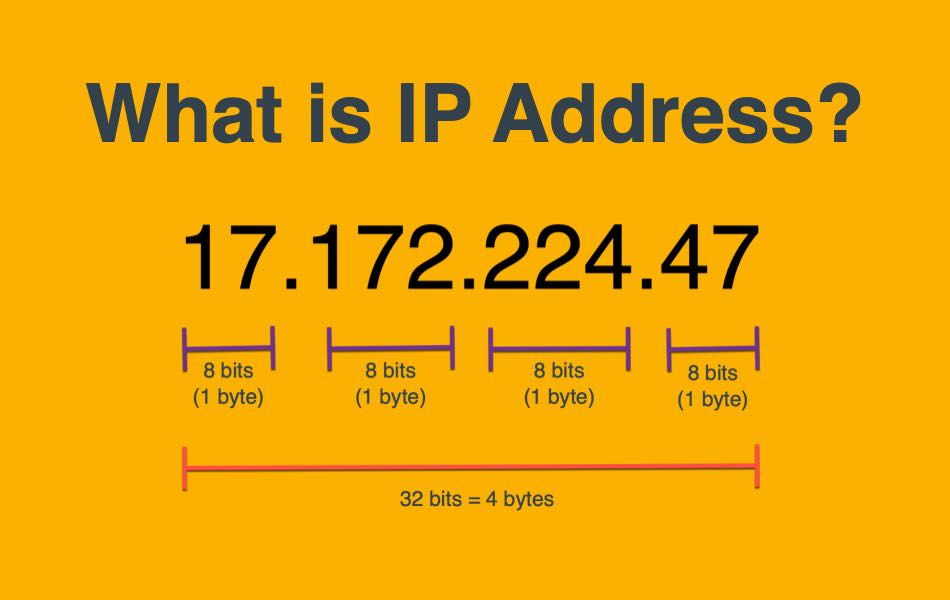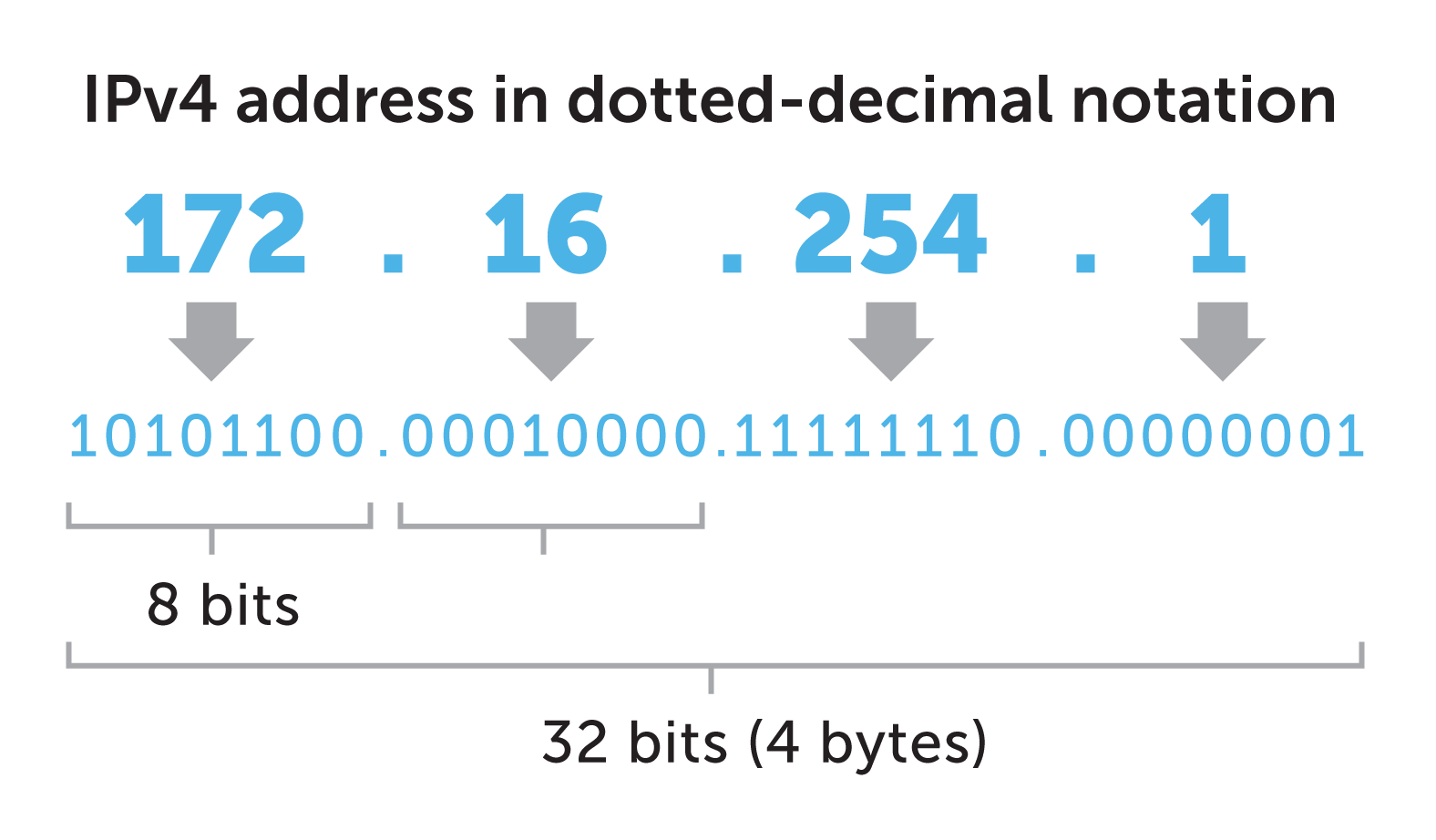The Total Number of Ipv4 Addresses Is Approximately:
The address space of IPv4 protocol is 32-bits 232 in size and contains 4294967296 IPv4 addresses whereas IPv6 is 128-bits 2128 in size containing 340282366920938463463374607431768211456 addresses. IPv4 provides addressing capability of approximately 43 billion addresses.

Getting Started With Vpc Virtual Private Cloud Part Two
So there never was going to be enough IPv4 address space.

. The two protocols are not designed to be interoperable complicating the transition to IPv6. IPv4 is a 32-bit system using a string of numbers separated by periods whereas IPv6 is a 128-bit system using alphanumeric sequences separated by colons. The total number of IPv4 addresses is 4 294 967 296.
IPv4 address exhaustion is the depletion of the pool of unallocated IPv4 addressesBecause the original Internet architecture had fewer than 43 billion addresses available depletion has been anticipated since the late 1980s when the Internet started experiencing dramatic growth. If we understand the total number of things on the Earth that may be connected to the Internet we can estimate the number of IP addresses we need. But 43 billion addresses arent even as many as there are people on the face of the planet.
IPv4 addresses are made up of the network and the host. Teracom Training Institute The best in telecom training and certification -. IPv4 uses 32-bit IP address and with 32 bits the maximum number of IP addresses is 2 32 or 4294967296.
There is a total of approximately 43 billion IPv4 addresses. Hence total number of addresses possible in IPv4 2 32 4294967296 In IPv6 an IP address is 128 bits long hence the total number of unique addresses possible in IPv6 2128 341038 This scheme allows many more devices to be allocated IP addresses. Maximum number of print characters is 15 not.
Allowing cokouter using non-routable address space to communicate with the Interner. Of the approximately four billion addresses defined in IPv4 about 18 million addresses in three ranges are reserved for use in private networks. IPv4 address range IPv4 has an address of 32 bits.
A good example of an IPv4 address is 19216811. This provides a little more than four billion IPv4 addresses in theory. The total number of IPv4 addresses is approximately.
This model still routes most Internet traffic but is on the verge of exhaustion. This depletion is one of the reasons for the development and deployment of its successor protocol. For IPv4 this pool is 32-bits 2 32 in size and contains 4294967296 IPv4 addresses.
What happens when you. The address is made up of 32-bit integers expressed as hexadecimal notations. NAT addresses concerns over the dwindling IPv4 address space by.
It is clear that we are completely dependent on IP communications and IPv4 address depletion is imminent. There are approximately 42 billion IPv4 addresses. It works as a network layer of ISO-OSI models.
We found that all their IPv4 addresses combined equates to approximately 100 Million IPv4 addresses. For IPv4 this pool is 32-bits 2³² in size and contains 4294967296 IPv4 addresses. There are 232 approximately 4 billion IPv4 addresses available.
A number beyond human comprehension. What technique allows for inbound traffic through a NAT. According to their published data they have allocated roughly 53 Million IPv4 addresses to existing AWS services.
Inclusive of RESERVED IP. It follows that there are 2 32 possible IPv4 addresses from 0 to 4294967295 where the upper bound is 2 32 - 1. The total number of IPv4 addresses is approximately.
Right now each person has one. Use CtrlF To Find Any Questions Answer. In case of IPv6 The IPv6 address space is 128-bits 2¹²⁸ in size containing 340282366920938463463374607431768211456 IPv6 addresses.
The text form of the IPv4 address is nnnnnnnnnnnn where 0. Under IPv6 there will no longer be a shortage of the total number of possible addresses. With 32 bits we can have 2 32 unique addresses.
Up to 30 cash back It uses 128-bit addresses formatted as eight groups of four hexadecimal numbers separated by colons. IPv6 is the solution that addresses the relatively limited number of IP addresses possible under IPv4. Both IPv4 and IPv6 addresses come from finite pools of numbers.
That means they still have 47 Million IPv4 addresses or 47 available for future allocations. The address is divided into four parts each part separated by a dot. The IPv6 address space is 128-bits 2 128 in size containing 340282366920938463463374607431768211456 IPv6 addresses.
For Mobile User You Just Need To Click On Three dots In Your Browser You Will Get A Find Option There. Leading zeros can be omitted. For many years the networking industry has been in denial of IPv4 address depletion.
Being a connectionless protocol it makes the best effort to deliver the packet to the destination. IPv6 addresses have a more complicated hexadecimal format. Ipv4 Network Model Troubleshooting Here you will find The Bits and Bytes of Computer Networking Exam Answers in Bold Color which are given below.
Packets addresses in these ranges are not routable in the public Internet. They are ignored by all public routers. The format of IPv4 addresses is xxxx with x ranging from 0 to 255.
The number of IPv4 available addresses is actually less. The total number of possible IPv6 addresses is more than 791028 times as many as IPv4 which uses 32-bit addresses and provides approximately 43 billion addresses.

What Is Ip Address Versions And Format Of Ip Address Webnots

What Is Ipv4 It Routes Most Of Today S Internet Traffic Bluecat Networks


Comments
Post a Comment